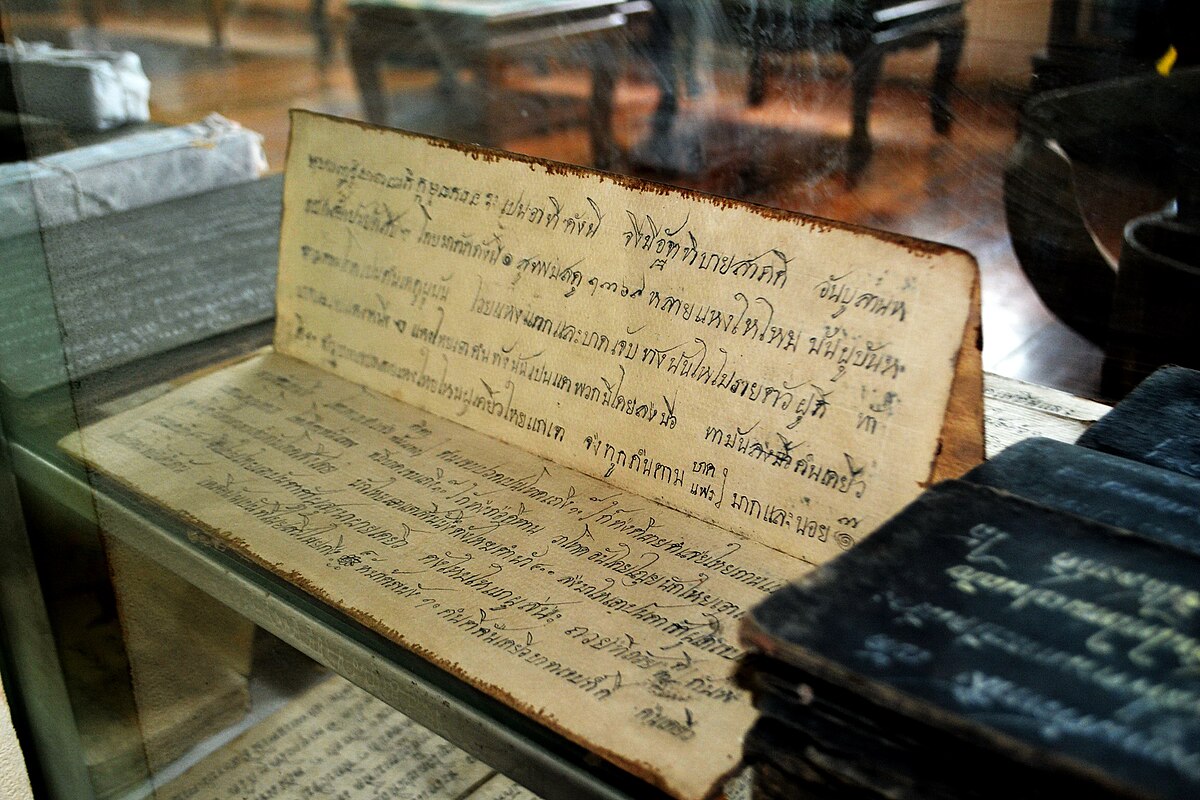
Arts
English
Thai Literature: A Diverse and Influential Body of Work
Origins and Development:
Thai literature, predominantly written in the Thai language, has its roots in the Tai language family spoken by the Siamese people. Early works were primarily composed in various indigenous poetical forms, with Indian influence later shaping the course of the Thai language and expanding its literary capabilities.
Ayutthaya Period (1350-1767):
This period witnessed a flourishing of Thai literature, including:
- Epic Poems: The national epic, Ramakien, is a Thai adaptation of the Hindu Ramayana, narrating the struggle between Rama and the demon king Ravana.
- Royal Panegyrics: Praises of kings became a prominent genre, influenced by the Sanskrit Praśasti.
- Nirat Poetry: A lyrical form expressing separation and longing for loved ones on journeys.
- Folktales Epic: Khun Chang Khun Phaen, a romantic tragedy about a love triangle between a Siamese general, a nobleman, and a beautiful woman.
Rattanakosin Period (1782-present):
After the fall of Ayutthaya, Thai literature experienced a rebirth and reached its most prolific period:
- Recomposition of Lost Works: Poetic and creative energy was spent on recovering works lost during the war with Ayutthaya.
- Sunthorn Phu: A renowned poet known as "the bard of Rattanakosin," whose epic poem "Phra Aphai Mani" is considered a masterpiece.
Modern Thai Literature (20th century onwards):
- King Rama V and Rama VI: These kings were writers of non-fiction works that combined Western knowledge with Thai culture.
- Contemporary Authors: Notable writers include Kukrit Pramoj, Kulap Saipradit, Suweeriya Sirisingh, and Pira Sudham, who have produced both light fiction and serious works.
Influence on Neighboring Countries:
Thai literature has had a significant impact on neighboring countries:
- Burma: Thai literary influence led to the development of the yadu verse and yagan genre. After the fall of Ayutthaya, elements of Ramakien were adopted into Burmese literature.
- Cambodia: During Siamese hegemony, Thai cultural influence pervaded the Cambodian court, leading to the adoption of the Nirat tradition and the translation of many Thai stories into Khmer.